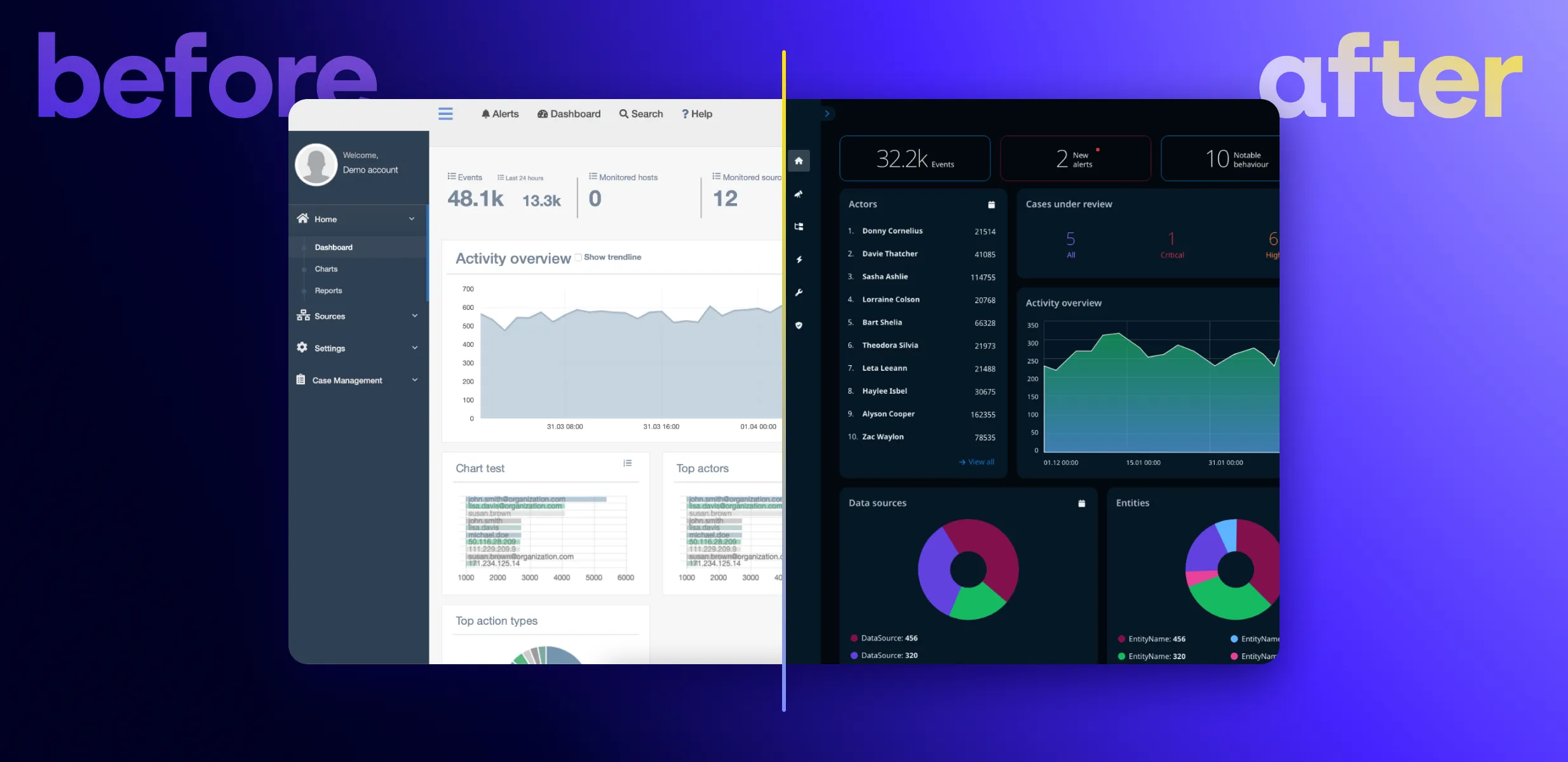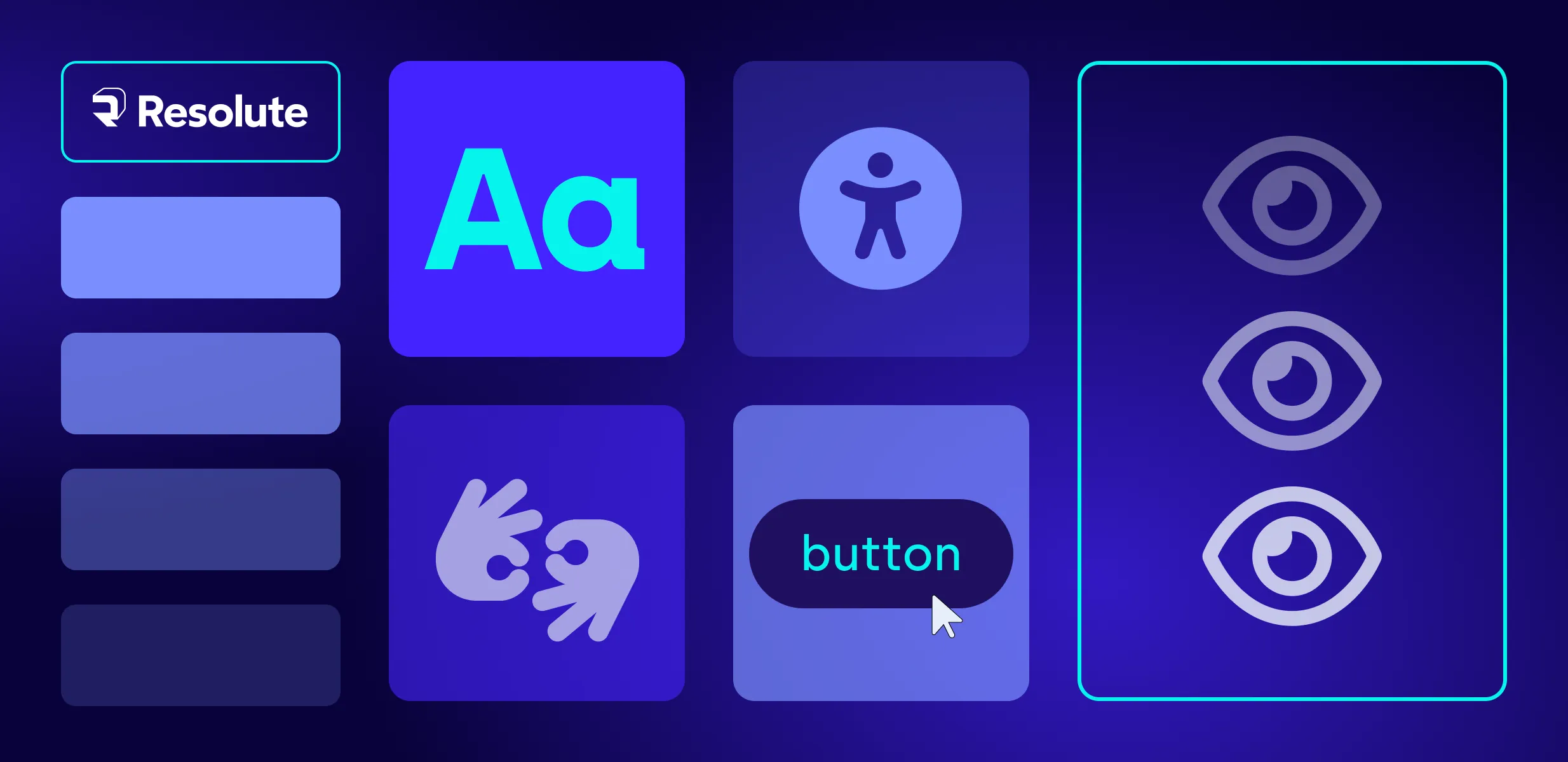
What is UX Research?
Perceived as the customer-eye view of your business, user experience (UX) is closely tied to customer experience (CX), emphasizing utility and usability. User experience is strong on design, easy to navigate and find what is essential, and smoothly guides the customer through the journey you want them to go through.

Of course, we shouldn’t forget that the meaning of UX can vary depending on who you’re talking to. For product teams, user experience research might mean validating prototypes and concepts, whereas for marketing teams, it could be testing brand designs and messaging before a launch.
Marketers worldwide always hoped to understand what would or won’t work when building a website or program interface. Thanks to the insights obtained via UX research methods - now they could have much more concrete answers. But how do we structure user experience, and, more importantly - how do we build its insides?
The answer is UX research.
What is UX research?
UX research is the quantitative research and qualitative study of the target audience and their requirements for a product - a website, an app, or a whole program. It should give realistic contexts and insights into the development process, allowing the marketers to shape the product over customers’ preferences.
User testing lets UX Researchers and designers identify how customers interact with the brand on a practical, functional level and observe how easily they can complete their tasks and meet their goals. By finding commonalities among many target audience members, UX researchers can recognize their mental models and discover behaviors, motivations, and valuable insights.
Overall, UX research improves designers’ and marketers’ understanding of the target persona. Once finding the right target audience that best serves us - we are ready to conduct UX research as part of the development process. But should we rely on a qualitative user research method or usability testing? What are the different user experience research methods? Let’s identify them below.
User research methods
User experience UX research uses different techniques to gather information about users and their needs, behaviors, and attitudes to inform the design and development of products and services. Combining qualitative and quantitative methods into a structured approach is the best recipe for the UX research development process.
Surveys and questionnaires
Surveys are a popular resear ch method used in UX design to gather quantitative data about users and their needs, behaviors, and attitudes.
Surveys can be conducted online or on paper, typically consisting of questions that users are asked to answer revealing insights for human behavior. The questions can be closed-ended (with predefined answer options) or open-ended (allowing users to provide their responses).
-
Benefits of the surveys as a UX research method
One of the main benefits of using surveys as a UX research method is that they allow UX researchers to gather data from many users relatively quickly. Conducting user research can be particularly useful when researching users who are spread out geographically or when time and budget constraints are a concern.
Surveys can also gather a wide range of user information, including demographics, attitudes, and behaviors. They can also gather feedback on specific aspects of a product or service, such as its usability or overall satisfaction.
However, it’s important to remember that surveys have some limitations as one of the common UX research methods. For example, survey responses can be influenced by social desirability bias (the tendency for people to give answers that they think are socially acceptable rather than truthful). They don’t allow researchers to observe users in their natural environment.
Surveys can be useful for gathering quantitative data about users and their needs. Still, they should be combined with other research methods to understand user behaviors and needs comprehensively.
User interviews
Quantitative user research is easy to conduct and can point out different trends, but only qualitative user research can understand user behaviors in-depth. Interviews are typically conducted one-on-one, either in-person or over the phone/video call, and they involve a researcher asking a set of predefined or open-ended questions to a user.
-
Benefits of the user interviews as a UX research method
One of the main benefits of using interviews as a UX research method is that they allow researchers to gather detailed, in-depth information about a user’s thoughts, feelings, and behaviors. They also allow researchers to probe and follow up on answers, which can provide a deeper understanding of the user’s perspective.
They can also gather feedback on specific aspects of a product or service, such as its usability or overall satisfaction.
However, it’s important to remember that interviews have some limitations as a research method. For example, they can be time-consuming and resource-intensive, requiring researchers to conduct one-on-one conversations with each participant.
Additionally, the results of interviews are influenced by the researcher’s biases, and the small sample size may not represent the larger population.
Attitudinal research method
Attitudinal user research assesses users’ preconceived attitudes or feelings toward an experience. This could include an assessment of the user’s attitude towards part of the product or website. These methods are used to understand users’ feelings about a particular topic and identify any key issues or concerns.
Behavioral research method
To some extent, the opposite of attitudinal is behavioral, where all the attention is on the behavior and reactions of the user once they get in contact with the product.
Behavioral research method test the user’s orientation and ability to find components if they quickly follow a pre-defined customer journey and where their attention is drawn - all these are essential insights giving information to the research team.
Both - behavioral and attitudinal methods can give valuable qualitative data.
Contextual queries
Through this method, the research team gains information about the target audience and the context and triggers for making concrete choices. In a particular environment, they can see how the users perform the tasks, giving in-depth information to analyze.
Context is extremely important because it can simulate life-case scenarios but, at the same time, is as doing physics research in a vacuum - not showing the picture 100% accurately and saving it from external interferences.
Diary studies
Diary studies are a proper UX research method for gathering detailed information about users’ behavior over time, particularly when capturing their experience in a natural setting.
This method can be used to understand how users interact with a product or service over time and how their attitudes and behaviors change. Journaling users’ interaction with the design on daily bases can also give different valuable information about the user experience. Still - this is far from the most used method since UX design is usually happening relatively fast and agile, so including new information and making changes is a daily norm.
Design testing via UX research
Usability testing
Usability testing is a valuable method for evaluating a product’s or service’s usability because it allows researchers to observe users in a controlled environment and identify user issues and problems. This can include issues related to the product’s navigation, layout, and overall design.
-
Benefits of the usability testing
Usability testing, like the UX Design process itself, is fast-paced and flexible, answering the need for changes. To some extent, this is the QA of the process and is continuously made over and over again.
A/B tests
A/B testing helps evaluate the effectiveness of design changes because it allows researchers to compare the performance of two different versions of a product or service. This can help identify which design changes lead to user engagement and satisfaction improvements. Additionally, A/B testing can be done remotely, making it more cost-effective and scalable.
Heat maps
Heat maps can identify patterns and trends in user behavior, such as which areas of the screen are most frequently visited or which buttons are most frequently clicked. This can help to identify areas of the product or service that are confusing or difficult to navigate and can also be used to identify areas that are most important to users.
Accessibility evaluations
Accessibility evaluations are a method for identifying barriers or issues that people with disabilities may encounter when using a product or service. They also allow researchers to gather feedback from users with disabilities on how the product or service can be improved to be more inclusive and accessible.
Collecting and analyzing data in UX research
-
Collecting data
Collected data will give you both quantitative user research to put in charts and metrics and qualitative research insights that explain those trends and put them in perspective.
Make sure you have heard the messages and implemented their conclusions into your product development process because this stays at the heart of user experience research. Collect data via quantitative and qualitative research methods, and ensure you have recorded the answers of the exact target audience.
-
Analyzing data
Analyzing data in UX research is interpreting and making sense of the collected data. Data analysis aims to identify patterns, trends, and insights that can inform the design and development of a product or service.
Once the data has been analyzed, it is essential to interpret the findings and to create a report that summarizes the key insights and recommendations for the product or service. This report can be shared with the design and development team to inform their decisions and guide the design process.
Why is user experience research important?
User experience research is an essential part of the design process, as it helps to ensure that products and services meet user needs, provide a positive user experience, and improve the accessibility and inclusivity of the product.
User experience research reveals valuable information which can be fed into the design process and shortens the polishing process at a later stage. This can ultimately lead to increased customer satisfaction, retention, and revenue.
The benefits of UX research
-
It helps to understand user needs and behaviors
By conducting UX research, designers and developers can gain a deeper understanding of their users’ needs, behaviors, and goals, which allows them to create products and services that better meet those needs.
-
It helps to identify problems and pain points
UX research allows designers and developers to identify problems and pain points that users may encounter when using a product or service, which can be addressed through design changes and improvements.
-
It helps to improve usability and user satisfaction
By conducting UX research, designers and developers can identify areas of a product or service that are difficult to use or that cause frustration and then make changes to improve usability and user satisfaction.
-
It Helps to Ensure Accessibility and Inclusivity
UX research can help identify accessibility or inclusivity issues that users with disabilities may encounter when using a product or service. This allows designers and developers to make necessary changes to ensure that their product or service is accessible and inclusive for all users.
-
It helps to validate design decisions
UX research allows designers and developers to validate their design decisions by gathering user feedback, which can help ensure that the product or service meets user needs and provides value.
-
It helps to reduce development costs
Conducting UX research at the early stages of product development can help identify problems and pain points earlier, saving time and money in the long run as it reduces the need for redesigns and rework.
-
It helps to increase customer loyalty
Companies can increase customer loyalty, revenue, and business growth by creating products and services that meet user needs and provide a positive user experience.
What’s the difference between good and bad UX research?
Good UX research is thorough, objective, and user-centered. It involves a deep understanding of the target users, their needs, and the context in which the product or service will be used. It also involves various research methods to gather data from diverse users, including quantitative and qualitative methods.
Bad UX research, on the other hand, may be biased, superficial, or not user-centered. It may also rely too heavily on one research method or a small, non-representative sample of users. Inadequate research can lead to poor design decisions that do not meet the needs of the intended users.
Types of UX research and when to use them
To summarize, the two main UX research methods are qualitative and quantitative. With different UX research techniques shown, varying from online surveys through focus groups to A/B or usability testing and following different user experience principles, UX research is essential in the design validation process.
The right balance can be achieved only by combining both types, gathering valuable insights, and not focusing too much on only one particular group. Choosing the proper methods at the different process steps can also be of utmost importance.
Conduct UX research with Resolute Software
Having a valuable and experienced partner such as Resolute could make the design process smooth and stress-free and prevent you from making small mistakes that jeopardize or question the project. Get in touch with us, and let’s discuss your current challenges. Our experts would be happy to assist with user research, UX strategy, and UX/UI design.
FAQs
The purpose of the UX design is to make information accessible and easy to find, and without further interaction, the client is led to the end goal of the customer’s journey. Information obtained during the UX design process helps the designers adjust the website or product in the best possible way to reduce the bounce rate of consumers when they interact with the product.
UX researchers are the main ones responsible for choosing the appropriate UX research methods and conducting the research itself. They should be able to identify from one side - the right target persona, change successfully from qualitative to quantitative methods, detect helpful information and insights, and analyze it to be transformed into guidelines for the designers.
UX design focuses on straightforward navigation and easy-to-find approaches for our product or website, whereas UI design emphasizes the visual part of the design. Often they are researched at the same time and are developed back to back. But still - they required the usage of different methods and, in most cases - fell into different stages of the design process.
The five steps of UX research are: Defining the research goal, recruiting participants, conducting research, analyzing data, and communicating results.
Quantitative and qualitative research. Quantitative includes surveys and questionnaires, A/B testing, and focus groups to bridge the two main categories. Qualitative: user interviews which further devices on attitudinal and behavioral research methods, heat maps, diary following, usability testing, accessibility evaluations, and contextual queries.






